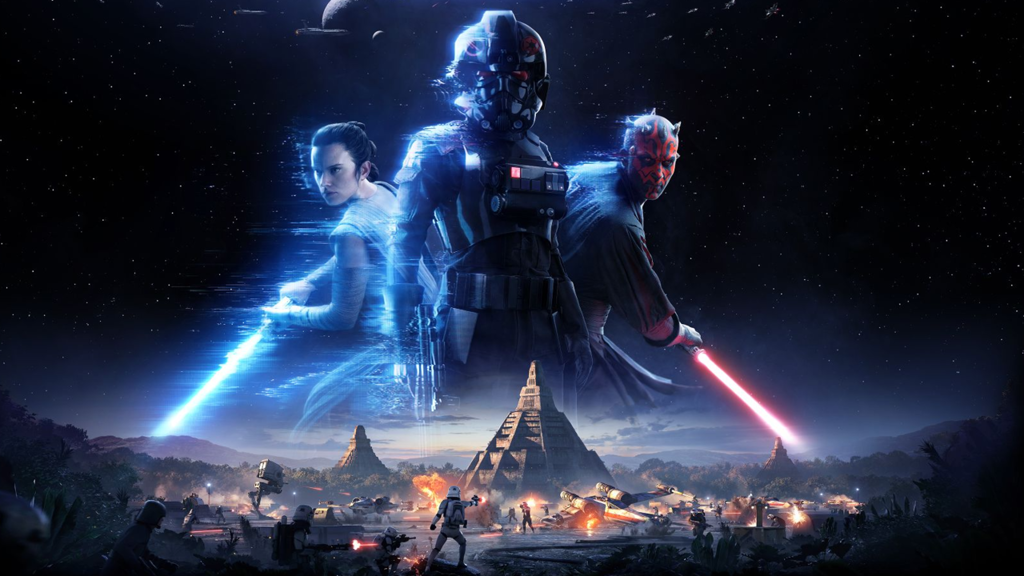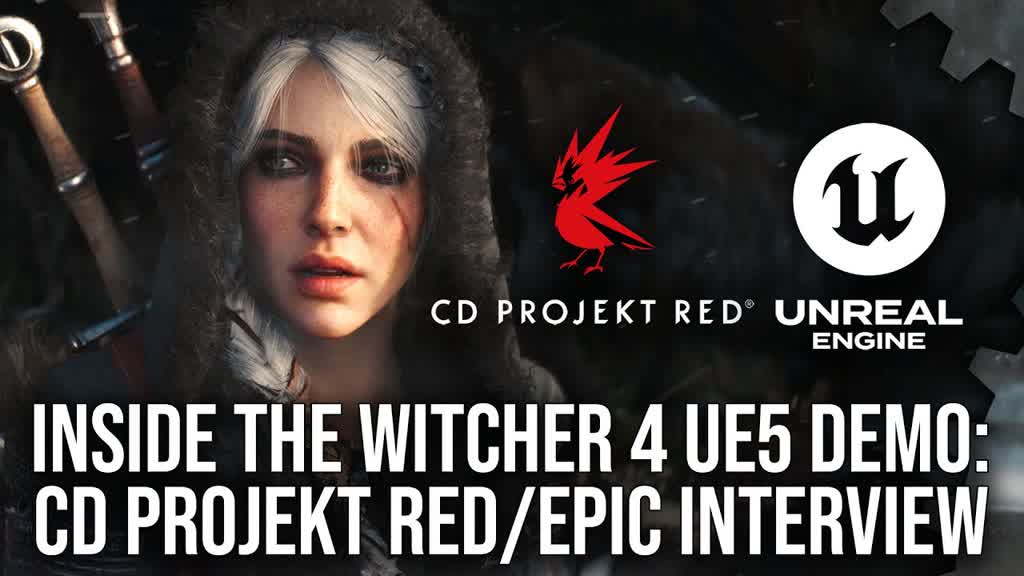The Borderlands series fans recently experienced an emotional rollercoaster. First, Borderlands 4 unexpectedly moved its release date forward from late September to mid-September, with only six months between announcement and launch—a rarity in today’s industry where multi-year waits are common.
To promote the new game, 2K gave away Borderlands 2 for free to all players. Although the 2012 classic holds little novelty for veterans, it was a chance to attract new players. However, this goodwill was overshadowed by a “privacy scandal”: the EULA required to claim the game banned mods, accelerators, and bypassing DRM.
More worryingly, 2K’s anti-cheat system reportedly scans personal data including browser history, payment info, and chat logs. These terms will apply to all future 2K games, including the upcoming Borderlands 4.
This led to Borderlands 2’s Steam rating plummeting to 10%. Some players resigned themselves, believing privacy is already compromised in the digital age and focusing instead on game quality.
However, 2K’s newly revealed system requirements dampened spirits further. The minimum specs demand an 8-core CPU and 8GB VRAM GPU, while recommended specs call for 32GB RAM and an RTX 3080-level card. Steam hardware surveys show over half of players would be excluded based on GPU alone, with less than 40% able to run the game smoothly. This explains 2K’s decision to gift a decade-old title.
The surge in hardware demands reflects deep industry shifts. Traditionally, games optimized for consoles, but now PC dominates sales. Capcom’s 2023 financials show PC games outsell consoles by 60%. Meanwhile, PC hardware performance gains have plateaued: the once mid-range GTX 1060 is obsolete, and players must spend over $600 to get an RTX 4070 Ti for ideal performance.
AI tech like DLSS changes the classic “graphics vs. framerate” tradeoff, enabling high-quality visuals at lower frame rates. New GPUs support 4x frame generation, but older 20/30 series cards lack this capability and face obsolescence.
Interestingly, 2K also announced Borderlands 4 will launch on NS2 within the year. Unlike previous years-long ports, this cross-platform gap may shrink to four months. However, NS versions often see major cuts; for example, Borderlands 3 on NS supports only two-player co-op and has reduced effects and enemy stats.
Players are further concerned about the use of Denovo+Symbiote DRM, a persistent background anti-piracy system known to impact performance. On top of high hardware demands, this could be the final straw for many. Perhaps only after cracking will these restrictions be lifted, easing the burden on players’ rigs.
These events highlight a core industry tension: while many players prioritize art style over ultra-realistic graphics, the relentless hardware arms race continues. As technology advances, developers should also focus on actual player experience rather than just pushing technical boundaries.


